This was my burdock harvest early this winter! I was very happy with the result considering this is the first time I had cultivated wild Burdock! Burdock's yields are incredibly abundant!! The roots can grow over a meter long in one season.
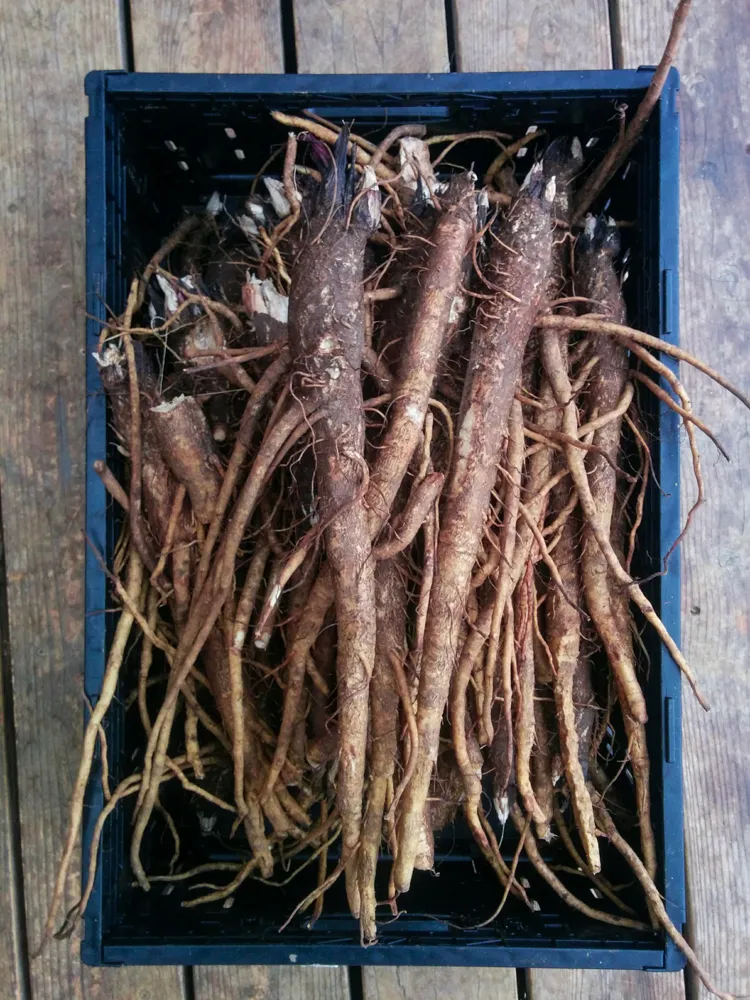
This was my burdock patch last year. I planted it early spring and when the weather started warming up consistently the seeds started sprouting. They germinated VERY well.
I brought the seeds back with me from NE Washington where I had collected them in the fall of 2017. The seeds came from a wild Burdock living under a wild Elderberry tree. The seeds barely took up any space as I traveled and once they were growing in my new garden seeing my burdock patch gave me lots of good memories of wild harvesting in Washington.
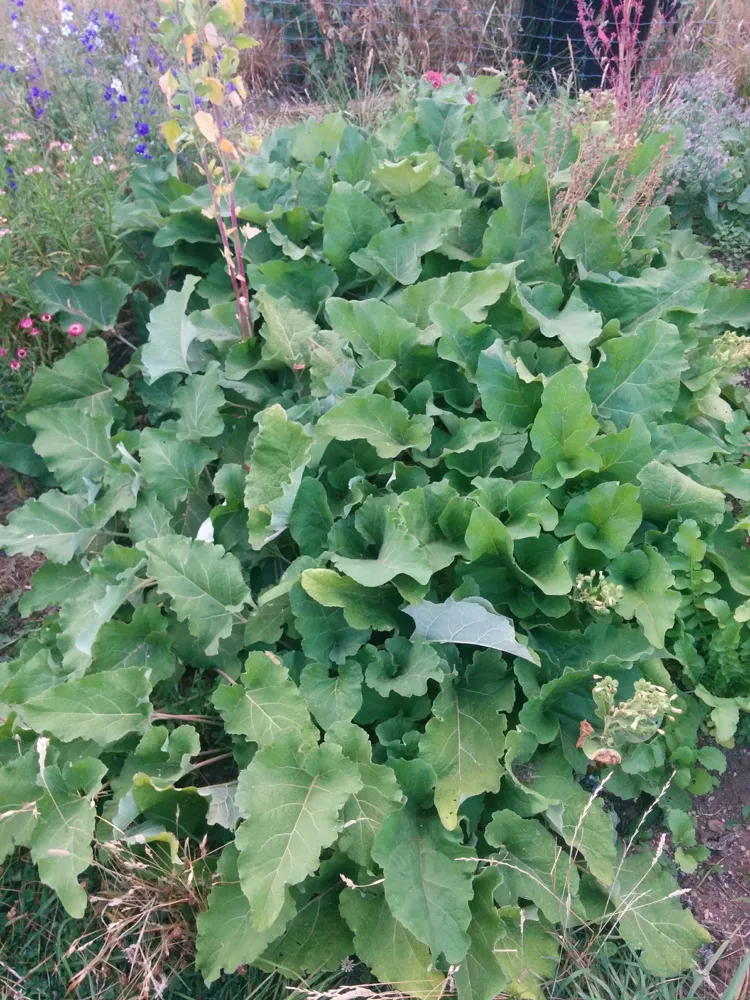
I learned a lot about Burdock this year and enjoyed cooking it a few different ways. It was delicious roasted in the oven with olive oil. It has such a nice earthy, nutty flavor when it is roasted. I shared roasted Burdock with my friends at Thanksgiving.
My wonderful neighbor taught me that Burdock of any age or proportion is delicious when cut into matchstick size pieces and sauteed with some water and covered for an hour. I enjoyed eating burdock this way with carmelized onions, kale, mushrooms and raisins - all from our garden, except the mushrooms which were wildcrafted. Browning the burdock and them simmering covered with water tenderizes it and absorbs the flavors of your condiments.

I also enjoyed the burdock sliced into a chili that I made recently. The chili was robust and flavorful and while the burdock had lots of competition its flavor was still a highlight in the meal.
I just saw @papa-pepper's post about j-choke hashbrowns. I had been thinking of making burdock hashbrowns the last few weeks and his post is inspiring me to go for it! I only have a few roots left and so I think I'll give it a shot sometime soon! Maybe this weekend!
I harvested the Burdock rather late this year and while it was less tender than it would have been had I harvested it in the summertime, I still really enjoyed it in my meals. While summer harvested burdock makes good food, winter harvested burdock makes great medicine. I do also enjoy a burdock tincture throughout the year as a liver tonic that I made from Burdock harvested from a friend's property in the snow.
I am feeling grateful that we got a lot of Burdock out of this harvest, shared meals with friends and shared some roots with more friends!
I also really enjoyed feeling the burdock fine tune my digestion system and move things along - not in a bad way, but in a very natural and complete way.
This coming spring I will build a raised bed for my burdocks so that I can have an easier time harvesting them and get more of the root!
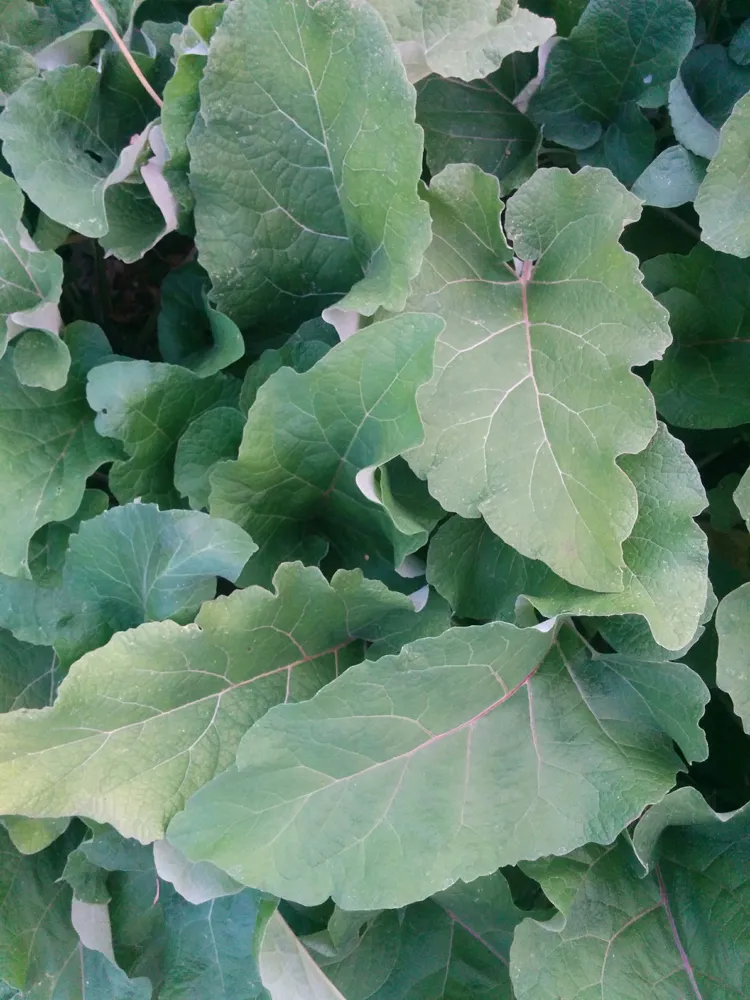
Burdock – Arctium minus
Life cycle: Biennial / Ease of propagation: Moderate / Hardiness zone: 4-8
Burdock is an amazing source of food and medicine. Like Dandelion Burdock is known for its ability to nourish the liver and help cleanse blood. But it can be an even more powerful liver tonic than Dandelion. As a food Burdock root is not very bitter and it can actually be mildly sweet at times. I find that the young root, raw is somewhat akin to jicama and would be good shredded as a condiment. I usually find myself cooking the root in stews or roasted. We do enjoy thinly sliced, grated and roasted burdock root added into salad dressings with some garlic, oil, vinegar and spices.
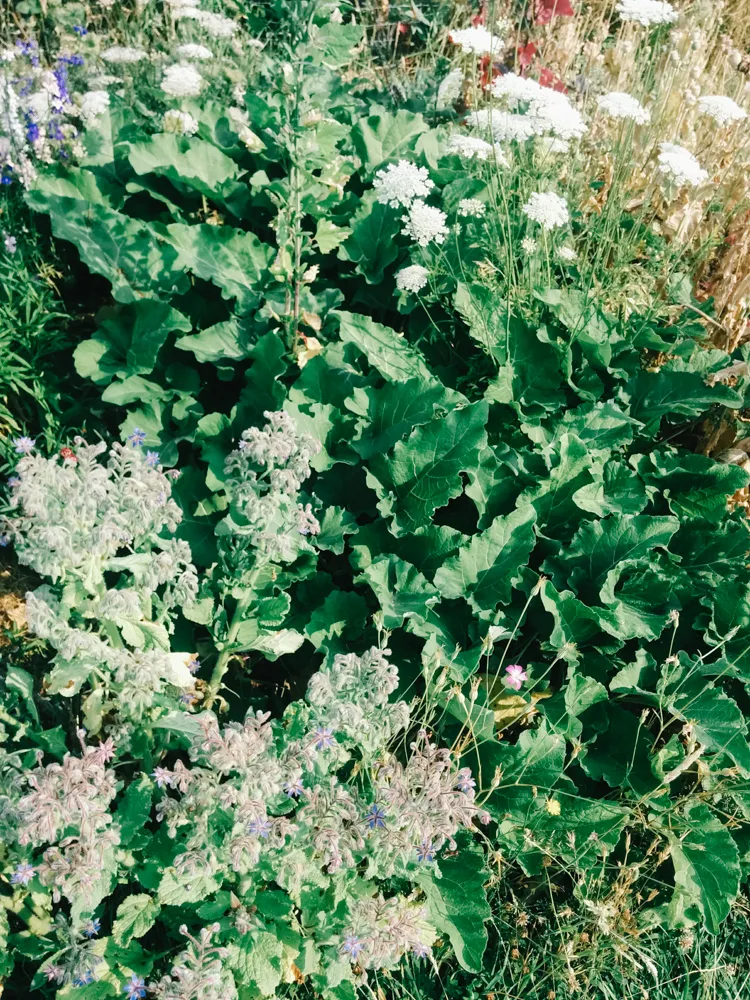
Burdock roots tend to grow quite deep and can also be fairly thick and so in a small space they can provide an abundant food source by the fall or winter. However because burdock root is so tenacious and grows so deep it can be difficult to harvest in its entirety. Some farmers and gardeners prefer to create a tall raised bed by putting 4 pallets together into a square and filling it with soil or compost and planting the burdock on top. Then at the end of the season the sides of the pallets can be taken apart and the long burdock roots simply peeled off. I know a farmer that uses a special tractor implement to undercut the burdock 3 feet under the surface of the soil to make harvesting easier. Burdock loves water and I more often see it growing where water is abundant.
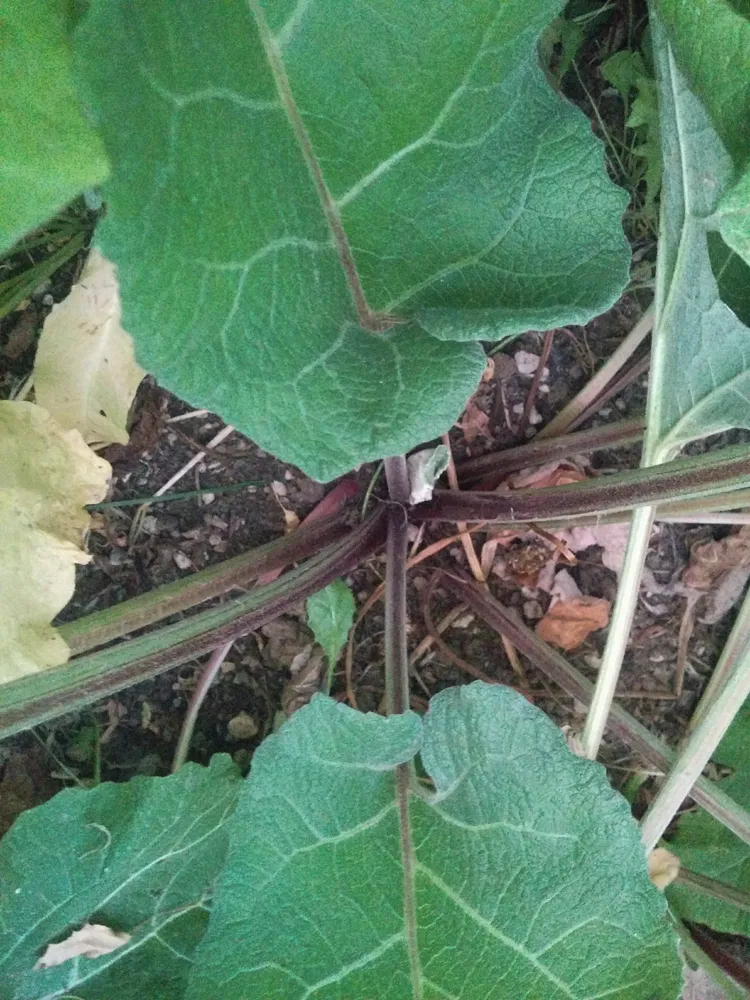
When harvesting Burdock root, make sure to completely remove all of its root crown so that it doesn’t come back next year to grow seeds – and to thoroughly harvest all of the burdock plants that you have growing! If you do forget or don’t notice until the burdock begins forming its flower stock, then you are presented with your second opportunity to harvest the entire Burdock plant before it flowers and sets seed. In that case you would also have the opportunity to harvest the young stalks.
“stalks, cut before the flower is open and stripped of their rind, form a delicate vegetable when boiled, similar in flavour to Asparagus, and also make a pleasant salad, eaten raw with oil and vinegar.”
– Maud Grieve, A Modern Herbal
Medicinally Burdock root is a powerful ally. As a regular tonic it can help keep your liver healthy and optimally functioning. For liver and blood ailments Burdock root is very powerful. Perhaps its power comes from its ability to grow so deep and mine many minerals that are not available to other plants with smaller root systems. Burdock is also known for its ability to help clear some skin conditions. The leaves can help tonify the stomach and the roots mucilaginous nature can help nourish intestines and extract toxins from the gut. Burdock leaves have an extraordinary ability to heal externally. Their large surface area make them a convenient poultice for bruises, abrasions, swelling, inflammation, aches and more. The list of remedies that Burdock can be used for goes on and on!
“Burdock’s action is most profound on the lymph, sweat and oil glands, though its influence is felt in the liver, lungs, kidneys, stomach, uterus, and joints.”
– Susun Weed, Healing Wise
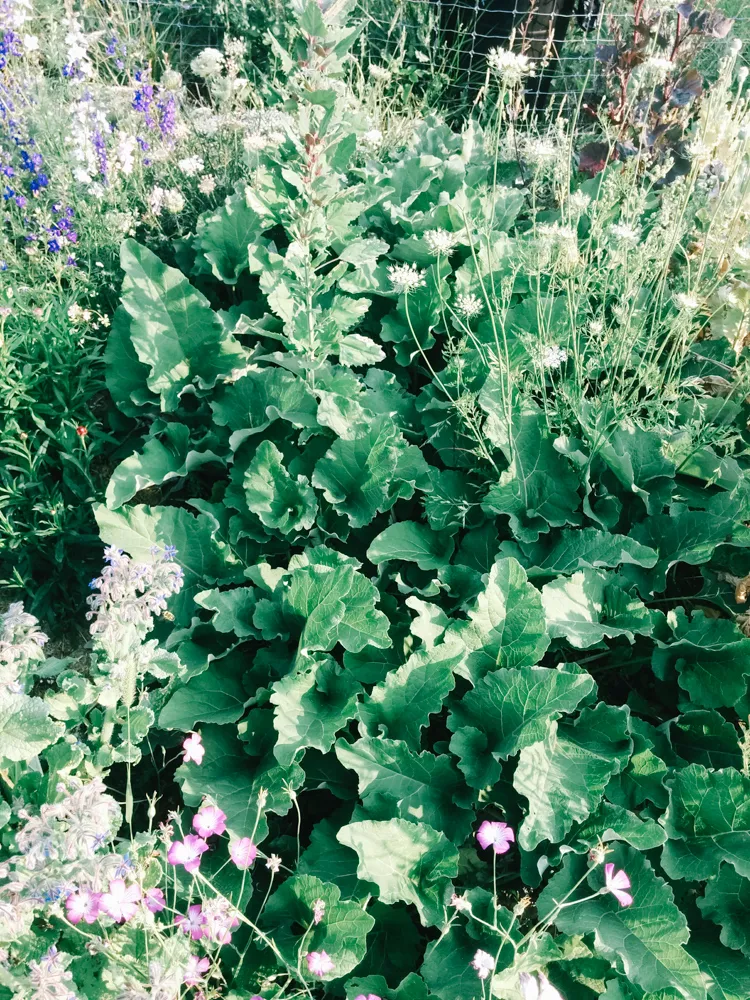
“Burdock is a widely used blood purifier and alterative, stronger than sarsaparilla but less energetic than echinacea and with little of the intestinal effects of Yellow Dock.”
– Michael Moore, Medicinal Plants of the Mountain West
*Burdock is an enemy of many farmers, ranchers and gardeners because of its resilience to eradication and the burrs’ ability to cling to animals hairs and peoples clothes. Therefore this word of warning precedes our adoration for Burdock. We are careful not to let burdock go to seed in our garden lest it spread into places we don’t want it to live (in our garden or our neighbors!). As a biennial you have one full season to grow and harvest it before it goes to seed the next year, so harvest it before then! Burdock is considered invasive in some areas and so you should make sure it is not invasive in your area before growing it.
Sowing Instructions
Sow in place ¼ – ½” deep in autumn or early spring.
References
- Healing Wise, Susun Weed
- A Modern Herbal, Maud Grieve
- Making Plant Medicine, Richo Cech
- Medicinal Plants of the Mountain West, Michael Moore
- The Book of Herbal Wisdom, Matthew Wood
- https://pfaf.org/user/Plant.aspx?LatinName=Arctium+minus
Burdock seeds are available for sale in our Seeds of Abundance catalog on Homesteaders Co-op - Accepting STEEM, SBD and USD
I mentioned planting Burdock seeds I carried with me from Washington collected in 2017. The seeds for sale were collected in fall 2018 in Southern Oregon and were cleaned from their burr casings for your planting convenience.
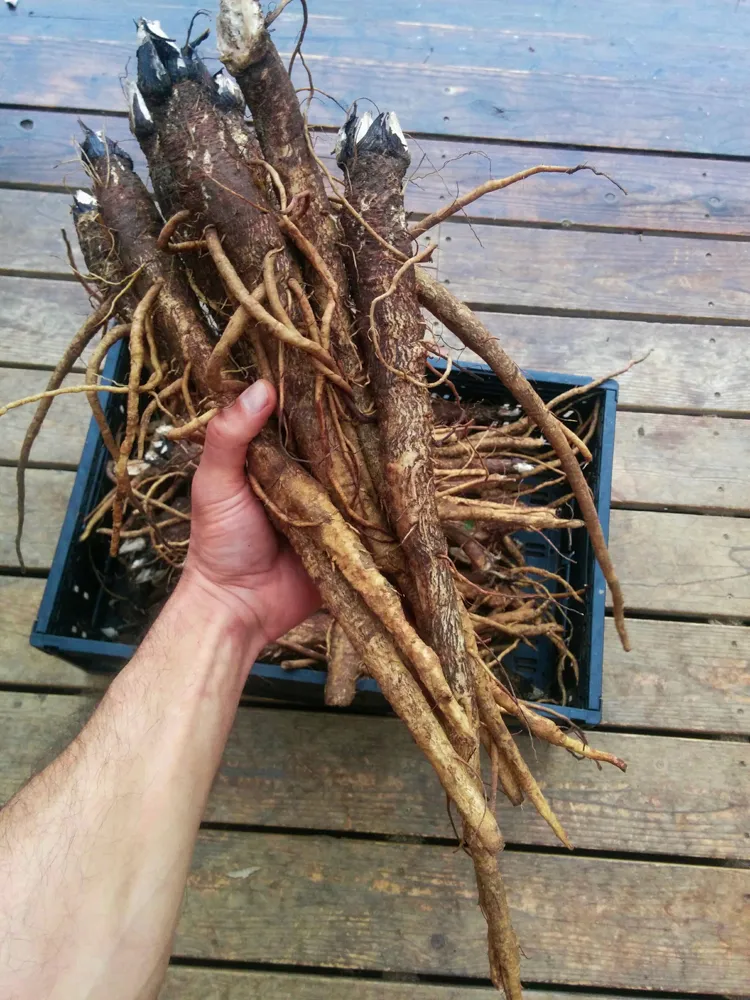
Proudly Contributing To:

homesteaderscoop.com | @homesteaderscoop
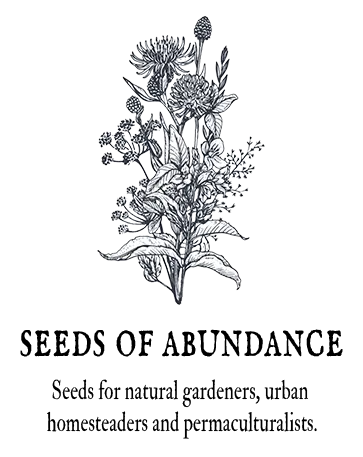

#ghsc | Introducing @ghscollective | Discord Community

#naturalmedicine | Introducing @naturalmedicine | Discord Community

#tribesteemup | @tribesteemup | The 8 Pillars of TribeSteemUp